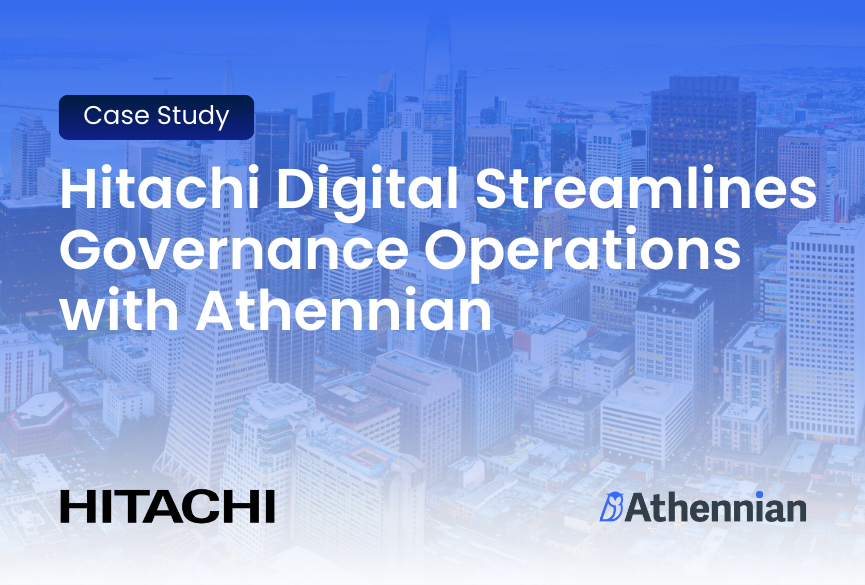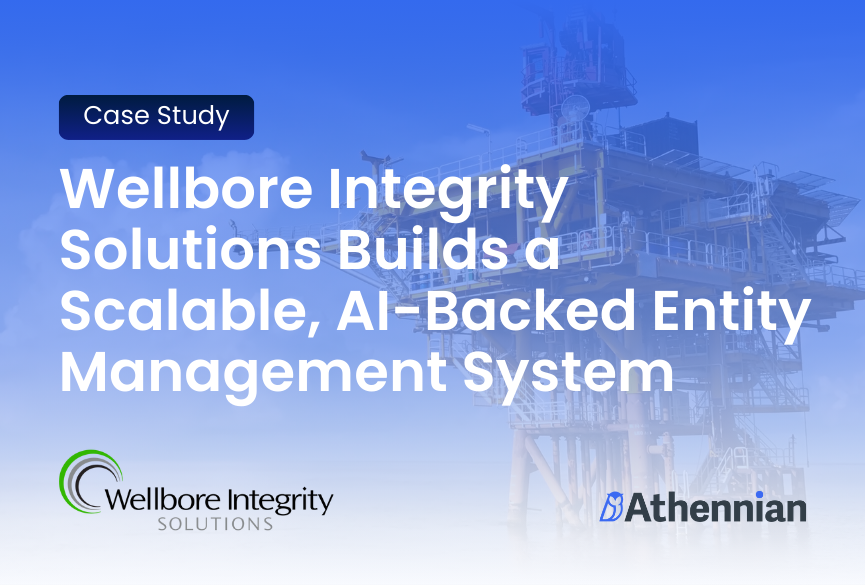How A Telecom Company Went From Scattered Entity Data to Unified Business Insights
A leading digital infrastructure and communications services provider specializing in connecting underserved rural and remote areas in the United States and internationally, adopted Athennian to replace paper binders and spreadsheets with automated entity management.
The company has been providing advanced wireless and wireline connectivity, high-speed internet, and carrier communications services for over three decades and reported annual revenues in excess of $750M. It has established a strong competitive position in these markets through substantial investments in modern communication networks.
Before using Athennian, the legal, finance and tax teams managed entities through a mix of paper documents, SharePoint, and local files, making it incredibly challenging to find data. This limited the life of the data because they couldn’t always discover or rediscover relevant information. Often, people would be halfway through a task and realize that the most up-to-date data is in another folder.
“New people were coming into the company, and they would spend too much time understanding the manual work. Sometimes, people make mistakes because they don't have the latest information. We often had to redo tasks because we didn't have the most current information,” says the Associate General Counsel.
“If I can do something that should take me 10 minutes, but it's taking me three hours, that's not a good system to follow,” he adds.
The General Counsel and Associate General Counsel reviewed several entity solutions but decided to go with Athennian because of its user-friendly interface. “We really wanted to push broader adoption of Athennian across the legal department and in our finance and tax teams so we could easily pull information. So, having something user-friendly like Athennian was important,” the Associate General Counsel adds.
{{qoute-insert}}
Overcoming Information Dependency On Institutional Memory With Easy Data Accessibility
A critical issue for the Associate General Counsel when he joined the company was relying on institutional memory to source entity data. This dependence on individual memories caused many challenges.
Firstly, it created a single point of failure, making it difficult for other team members to access key information in the absence of the individuals responsible for that information, potentially leading to operational delays.
Secondly, it led to inefficiencies because employees had to repeatedly seek information from various individuals, diverting their attention and time from strategic tasks. There was also a risk of losing valuable institutional knowledge if the individuals departed or couldn't share their knowledge promptly.
One of the immediate impacts that came from Athennian was the decrease in the number of queries that came to these individuals. Users can just log into Athennian and based on their permission levels, access and edit data without chasing folders or spreadsheet tabs.
Removing Data Discrepancy. Sharing Reliable Insights That Stakeholders Care About
With the issue of data chaos comes the problem of accuracy. When stakeholders no longer have confidence in data, it impacts business decisions and the overall momentum of processes.
For this telecommunications provider, one of the biggest gains with Athennian has been the confidence and reliability in entity data. In the past, communicating business insights to stakeholders wasn’t as fast and easy because data had to be verified in multiple places before sharing. There was always a risk of a discrepancy or error. Now, with a single source of truth, the team can create with a stronger speed and impact stakeholders with powerful and reliable business reports.
“Some of our entities have external investors or management shareholders. In one situation, we had a discrepancy about the ownership percentage. I had gotten the information from the person I knew had the right information,” describes the Associate General Counsel.
“I put the information in Athennian with how many shares we held and how many were held by others—someone in one department had a different number, and someone else had another number. So, I came back around and said, 'It's in Athennian. Athennian is correct,’” he said.
With all data in one place, the team only needs to remember to look in one place to find the information. Athennian’s central data hub also supports documenting and tracking various corporate actions. For example, when appointing or resigning officers or directors, teams add a note specifying the reasons and linking resignation letters directly to the virtual minute book. This ensures that background information is documented and easily accessible, preventing confusion about why certain changes were made.
“We're now using the notes and comments field in the virtual minute book inside Athennian to record information, like when someone changed roles or resigned. So whenever we go back to that piece of information, we have the context for it,” describes the Associate General Counsel.
When they register in a new state, they document the reason like hiring employees or owning a cellular tower, etc. directly inside Athennian. This documentation keeps track of the multiple reasons for state registrations and makes it easier to manage changes like de-registration or re-registration.
Improving Legal And Tax Team Collaboration With Centralized Business Insights
The company's legal team uses Athennian to manage minute books and virtually track officers and directors. "Many of our entities have management shareholders, such as founders of acquired companies who hold shares. One thing that worked well under this scenario was how Athennian automatically generated cap tables."
“We use Athennian to track securities information and create cap tables. It used to be a manual process, but now our legal team handles and updates the information in Athennian. At the same time, finance and tax can access the information in real-time,” says the Associate General Counsel.
For now, the tax team is using Athennian to source the company's registrations for foreign qualifications in different states. They pull the necessary filings and registrations and use this information for local tax filings or to determine where further filings are needed. Eventually, their usage might expand into other areas as they scale data utilization within Athennian.
The goal is to fully leverage Athennian's capabilities and create a centralized, automated, real-time entity management system.













-p-500.webp)
-p-500.webp)
-p-500.webp)
.webp)
